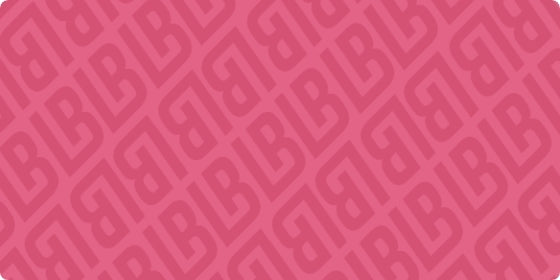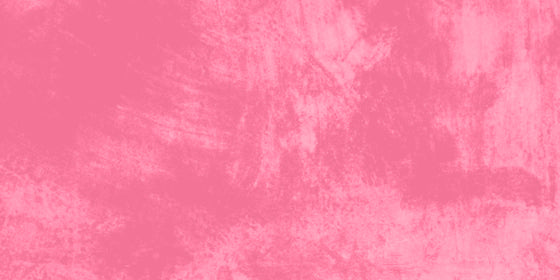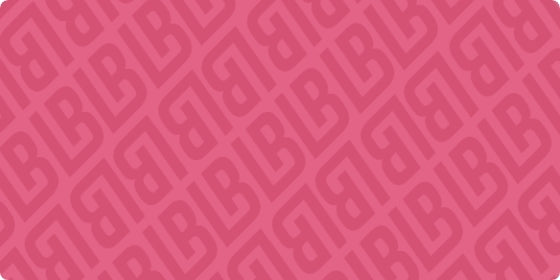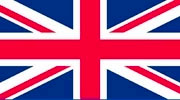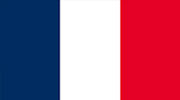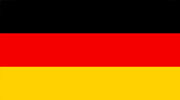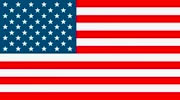GREASE ISN'T THE WORD..
If you've ever experienced the dreaded greasy hair day (we've all been there), then you'll know how frustrating it can be. You've perfected your new hair look, and no matter what you do - your tresses will not co-operate! But fear not, there are actually a number of easy ways and techniques to manage and keep oily hair at bay. Read on as we explore some simple tips and tricks for keeping your locks looking fresh, vibrant and revitalised – even on days when grease threatens to take over.
Say goodbye to oily strands and hello to healthy, manageable hair..
WHAT IS OILY HAIR?
If you have oily hair, you know the drill - your hair looks perfect for a few hours after it's been freshly washed, and then it starts to become greasy. By the end of the day, your roots may start to feel heavy or oily. You may feel like washing your hair every day to combat the grease is the way to go, however this is actually counter productive and will only result in your scalp producing more oil!
Whilst there are a few things that can cause greasy hair, the main culprit is sebum, which is an oily substance that your scalp produces. If your scalp produces too much sebum, it can make your hair look greasy. Another cause of oily hair is using products that are too heavy for your hair type. This can weigh down your hair and make it look greasy - especially around the roots!

HOW TO COMBAT OILY HAIR
One easy way to fight off those oily strands is to switch to a clarifying shampoo. These shampoos are designed to deep cleanse the scalp and remove excess oil. Be sure to only use a clarifying shampoo once or twice a week, as over-washing can actually strip the scalp of its natural oils and make oily hair even worse.
Make sure you're using the correct shampoo and conditioner for your hair type. If your hair is on the oilier side, look for products that are specifically designed for oily hair. These products will help control oil production without stripping your hair of its natural moisture. Hair Fuel Shampoo and Conditioner - although designed for synthetic hair extensions - are perfect to use on your natural hair, too. Free of parabens and sulphates (aka nasties) - these formulas work to cleanse, clarify and leave hair feeling revitalised in just one wash.
Another tip for reducing oily hair is cut down on the amount of conditioner you're using. Conditioner can weigh down the hair and make it look greasy, so try skipping it altogether or just using it on the mid-lengths and ends of your hair (where it's needed the most). If you must use conditioner, be sure to rinse it out thoroughly so that no residue is left behind.

CLEAN YOUR BRUSHES AND TOOLS
We all regularly clean and maintain our make-up brushes, so why skip the same step when it comes to hair?! If you're an avid user of hairsprays, texturising mousses or styling gels - think of all the product build-up which will be sitting between those bristles. You don't want to be brushing more oil or gunked up product throughout your hair (which is counter productive to washing your tresses), so thoroughly cleaning your combs, hairbrushes and accessories in-between use with soap and lukewarm water will rid of any excess product residue and oils.
The exact same rule applies to your heat tools, too. Any product residue on the ceramic plates of straighteners or curling wands tends to stick and build-up gradually. And, if you're using those same tools time and time again without giving them a quick wipe over, that same product build-up will transfer directly onto your hair once the tool has heated up. Be careful not to use any harsh or abrasive products when cleaning hair tools (and never submerge them into water) - instead, something as simple as a baby wipe or cotton wool pad lightly dipped in acetone/nail varnish remover will do the trick.
Use Dry Shampoo
Oily hair is a common problem that can be caused by a number of factors, including genetics, hormones and even your diet. While there are a number of products on the market that claim to help control oily hair, one of the simplest and most effective solutions is dry shampoo. When used correctly, dry shampoo can absorb excess oil and leave your hair looking and feeling clean and refreshed.
To make the most out of your dry shampoo, ensure to apply it onto clean and dry hair free of any styling products. Shake the bottle well and apply the product at the roots, focusing on areas where you tend to have the most oil buildup. Allow the product to absorb into your hair for a few minutes before gently brushing it out.
Keep Your Hands Off Your Hair
This may seem like a no-brainer, but it's important to keep your hands away from your hair if you want to prevent it from becoming greasy. Your hands have natural oils on them that can easily transfer to your hair and scalp making it greasy. So, try to avoid touching your hair throughout the day.
Avoid Over-washing
The number one mistake people make when trying to combat oily hair is over washing. This can actually strip your scalp of its natural oils, leading to an increase in oil production. Instead, wash your hair every other day or every two days, using a gentle shampoo and conditioner. When you do wash your hair, make sure to rinse thoroughly to remove all traces of shampoo and conditioner.
Rinse with Cold Water
One simple hack is to rinse your hair with cold water after shampooing. This will help close the cuticle of your hair, which will in turn help prevent oil from seeping out and making your hair greasy.
SWITCH UP YOUR STYLE
If you typically wear your hair down, try pulling it back into a sleek ponytail, half up half down, braid or bun. This will help keep the oil at bay and give your locks a break from being weighed down by products. If you have long hair, try sleeping with it in loose braids or buns – this will help absorb some of the excess oil overnight.




